The Real Deal on Ficus Trees: Your Guide to a Happy Plant
Alright, let’s talk about Ficus trees. After years of running a nursery and fielding frantic calls from plant parents, I’ve seen it all. You fall in love with a gorgeous Fiddle Leaf Fig or a classic Weeping Fig at the store. It looks perfect. You bring it home, and for a glorious week or two, you feel like a gardening god. Then… the great leaf drop begins. It’s a story I’ve heard a thousand times.
In this article
- Why Is My Ficus So Dramatic? A Quick Look Inside Its Head
- Your Ficus’s First 48 Hours: The Don’t-Panic Plan
- Choosing the Right Ficus (And What It’ll Cost You)
- The Three Pillars of Ficus Care
- The Foundation: Your Ficus Shopping & Soil Guide
- Quick Troubleshooting: What Your Ficus Is Trying to Tell You
- The Final Word: Just Be Patient
- Galerie d’inspiration
Those little plastic tags in the pot? Honestly, they’re mostly useless. They give you the bare minimum, but these trees aren’t difficult—they’re just particular. My goal here is to give you the insider knowledge, the stuff we do at the nursery to keep them thriving. We’ll get into what “bright, indirect light” actually means in your living room, the exact soil mix that prevents root rot, and why sometimes, the best thing you can do for your Ficus is just leave it alone. This is about understanding how these trees tick so you can finally relax and enjoy them.
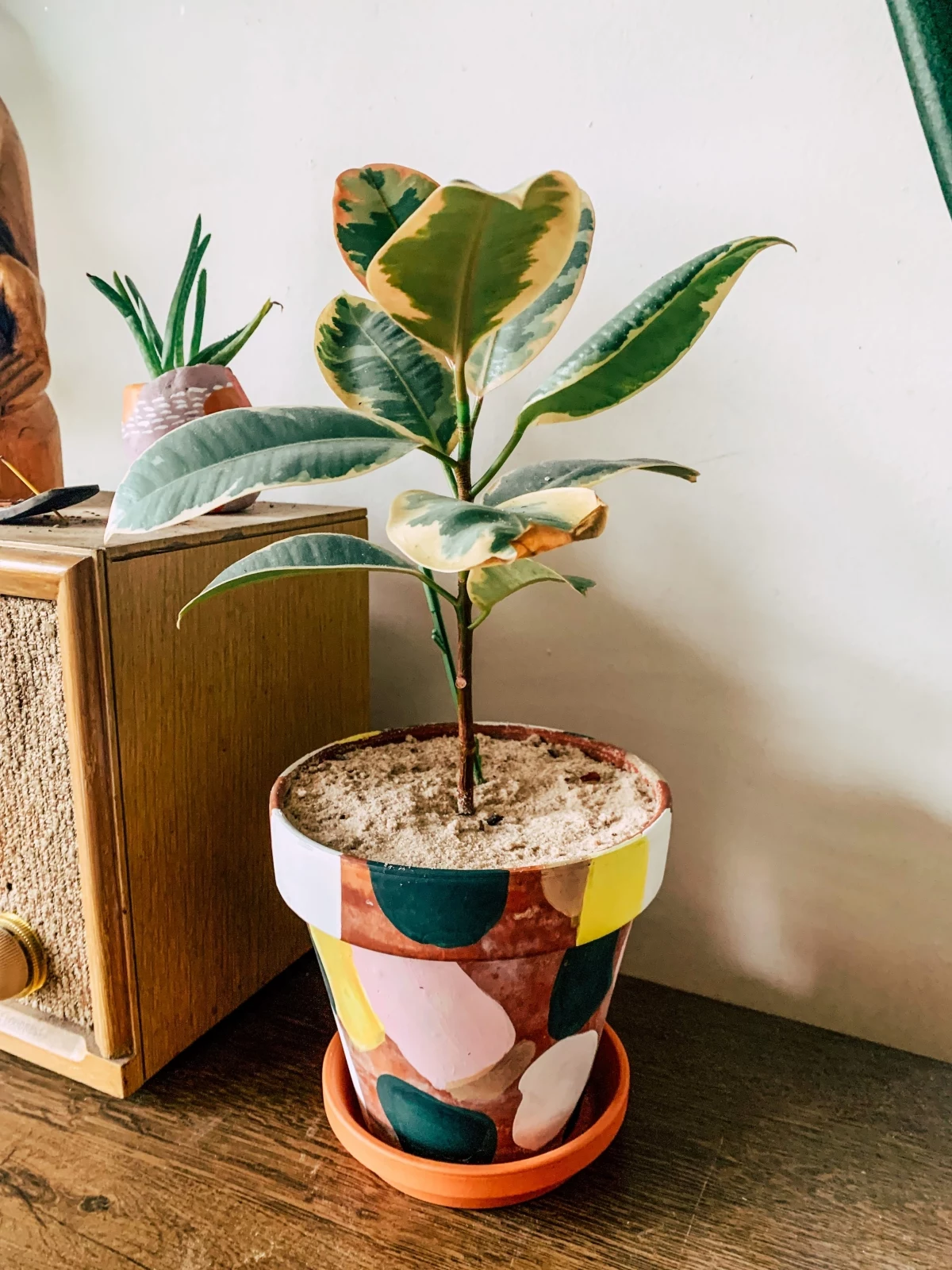
Why Is My Ficus So Dramatic? A Quick Look Inside Its Head
Before you do anything, it helps to understand where these plants come from. The Ficus family is massive, but the ones we love indoors all share a common background: they’re native to tropical and subtropical forests. This is the golden rule. Your home isn’t a rainforest, so your main job is to fake it as convincingly as possible.
Imagine them in their natural habitat. They’re usually growing under the canopy of much larger trees, getting dappled sunlight, not a direct solar blast. The air is warm and humid, and the soil is loose and drains quickly thanks to constant rain and decaying leaves. This single idea explains almost all of their quirky behaviors.
The Infamous Leaf Drop Explained
So, you brought it home and it’s dropping leaves like crazy. First things first: don’t panic. This is a classic stress response, not a death sentence. Ficus trees are experts at adapting. They grow leaves that are perfectly optimized for the light conditions they’re in. When you move it from a super-bright nursery to your dimmer living room, the tree basically says, “These old leaves are useless now!” It sheds the inefficient ones to conserve energy and grow new leaves better suited for its new home. It looks terrifying, but it’s a survival tactic.
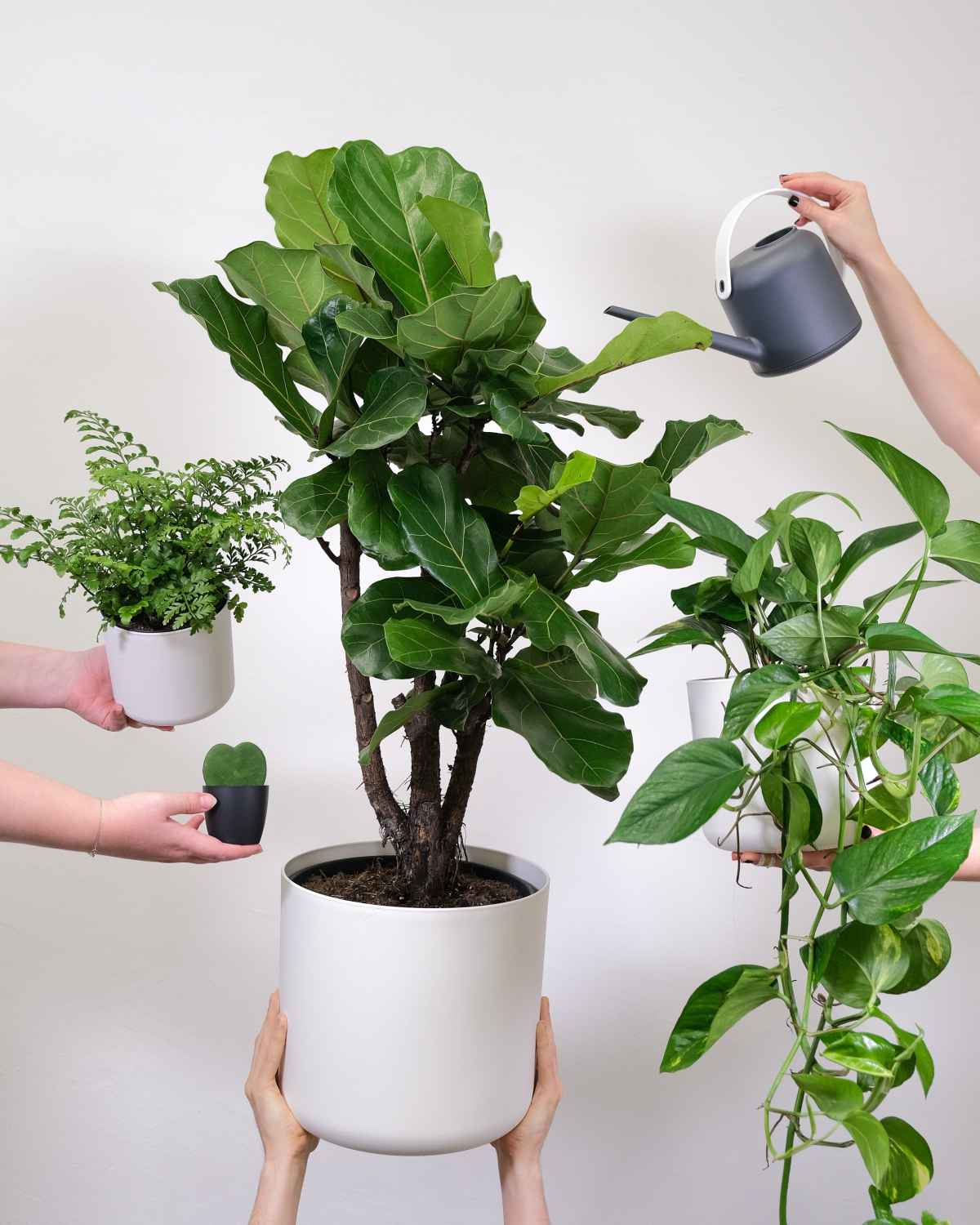
This is why stability is everything. Once you find a spot your Ficus likes, do not move it. Seriously. Don’t even rotate it unless it’s starting to look like the Leaning Tower of Pisa. Every major change can trigger another dramatic leaf-dropping episode.
That Weird Milky Sap
Heads up! If you’ve ever broken a leaf or pruned a stem, you’ve seen that sticky, milky white sap. That’s latex, and it’s the plant’s natural defense against pests. It can also be a skin irritant for people, and it’s toxic if ingested by pets or kids. I always, always wear gloves when pruning a Ficus, and you should too. Pet safety experts confirm it can cause oral irritation and vomiting in cats and dogs, so be sure to place your plant where a curious pet can’t take a nibble.
Your Ficus’s First 48 Hours: The Don’t-Panic Plan
Bringing a new Ficus home is stressful… for the plant. Here’s exactly what to do to make the transition smoother.
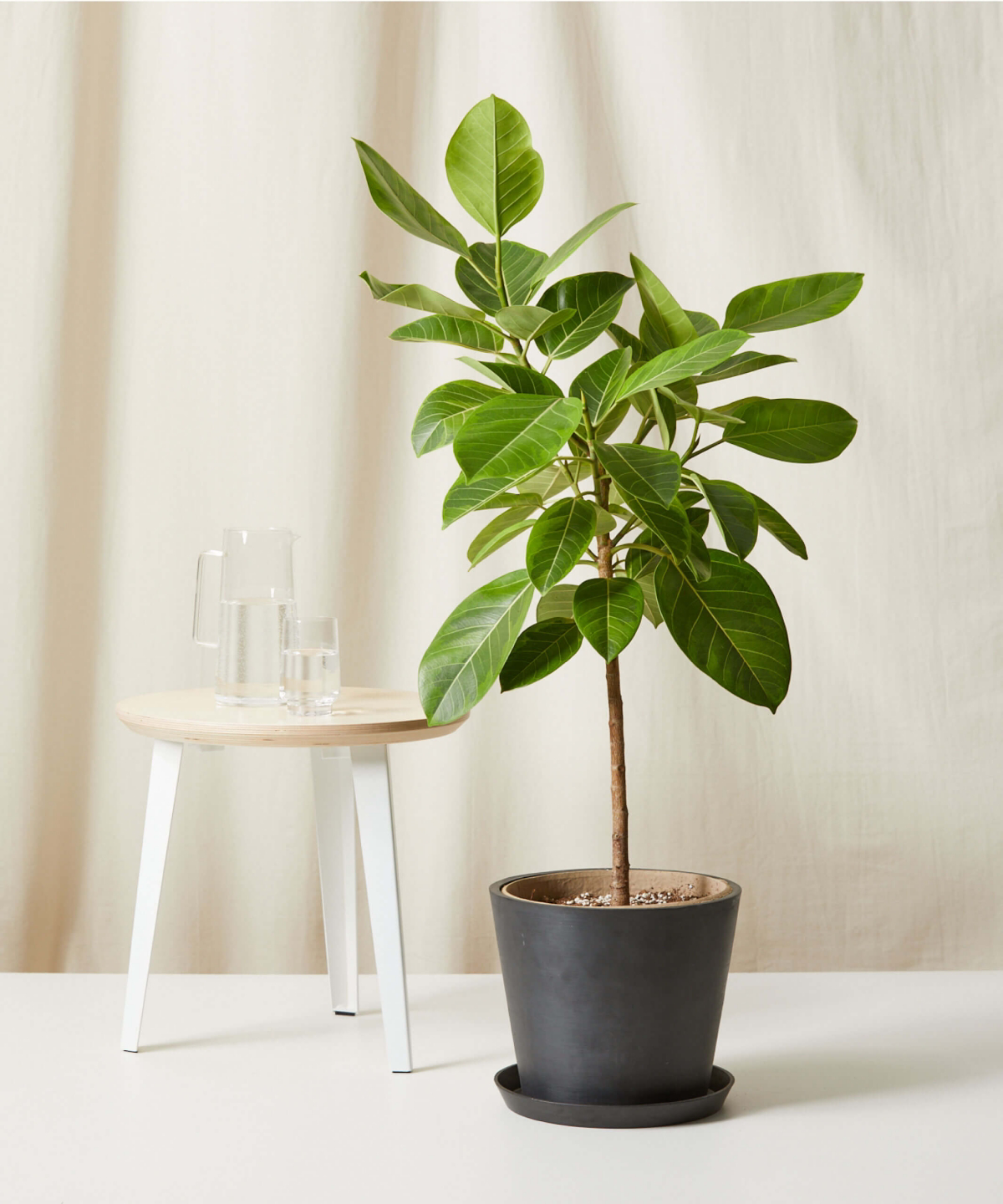
1. Quarantine (Just in Case): For the first week, keep your new Ficus away from any other houseplants you own. This prevents any potential pests from hitching a ride and infesting your whole collection.
2. Find Its Forever Home: Pick a spot based on the light advice we’ll cover below. And once you pick it, commit to it. Don’t move it around the house trying to find the “perfect” aesthetic. Stability is more important than perfection right now.
3. DO NOT Repot It: I know the plastic nursery pot is ugly, but resist the urge to repot immediately! The plant is already in shock from being moved. Repotting is another major stressor. Let it acclimate for at least a few months before you even think about it.
4. Check the Soil, But Wait to Water: Stick your finger in the soil. Is it damp? Leave it alone. Most stores water their plants heavily. The last thing it needs is more water in a new, likely darker, environment. Wait until the top two inches are fully dry.

Choosing the Right Ficus (And What It’ll Cost You)
Your success starts at the store. Picking a plant that matches your home and your habits is half the battle. Let’s break down the most popular options.
- For Beginners: The Rubber Plant (Ficus elastica)
Think of this as your Ficus starter pack. Its big, waxy leaves are tough and way less prone to dropping. Fussiness Level: 1 out of 5. It handles a wider range of light and is more forgiving if you forget to water it once in a while. Light Needs: Medium to bright, indirect light is its happy place. Price Check: You can usually find a good-sized one for between $25 and $70, depending on if it’s a standard green or a fancier variegated type. - For the Intermediate Owner: The Weeping Fig (Ficus benjamina)
This is that classic, graceful tree with delicate leaves you see in offices and homes. It’s also famous for its dramatic tantrums. Fussiness Level: 3 out of 5. It will protest-drop its leaves if you move it, if it catches a draft, or if you look at it the wrong way. Light Needs: Needs consistent, bright, indirect light. Price Check: Typically runs from $30 for a smaller plant up to $150+ for a large, mature tree. - For the Dedicated Plant Parent: The Fiddle Leaf Fig (Ficus lyrata)
Ah, the superstar of interior design. Those huge, violin-shaped leaves are a statement piece, for sure. It is also, in my honest opinion, the most demanding of the bunch. Fussiness Level: 5 out of 5. It demands bright, consistent light and is extremely picky about watering. Light Needs: Bright, indirect light is non-negotiable. Don’t even try it in a dark corner. Price Check: These are still popular, so expect to pay anywhere from $40 for a small one to well over $200 for a tall, tree-like specimen.
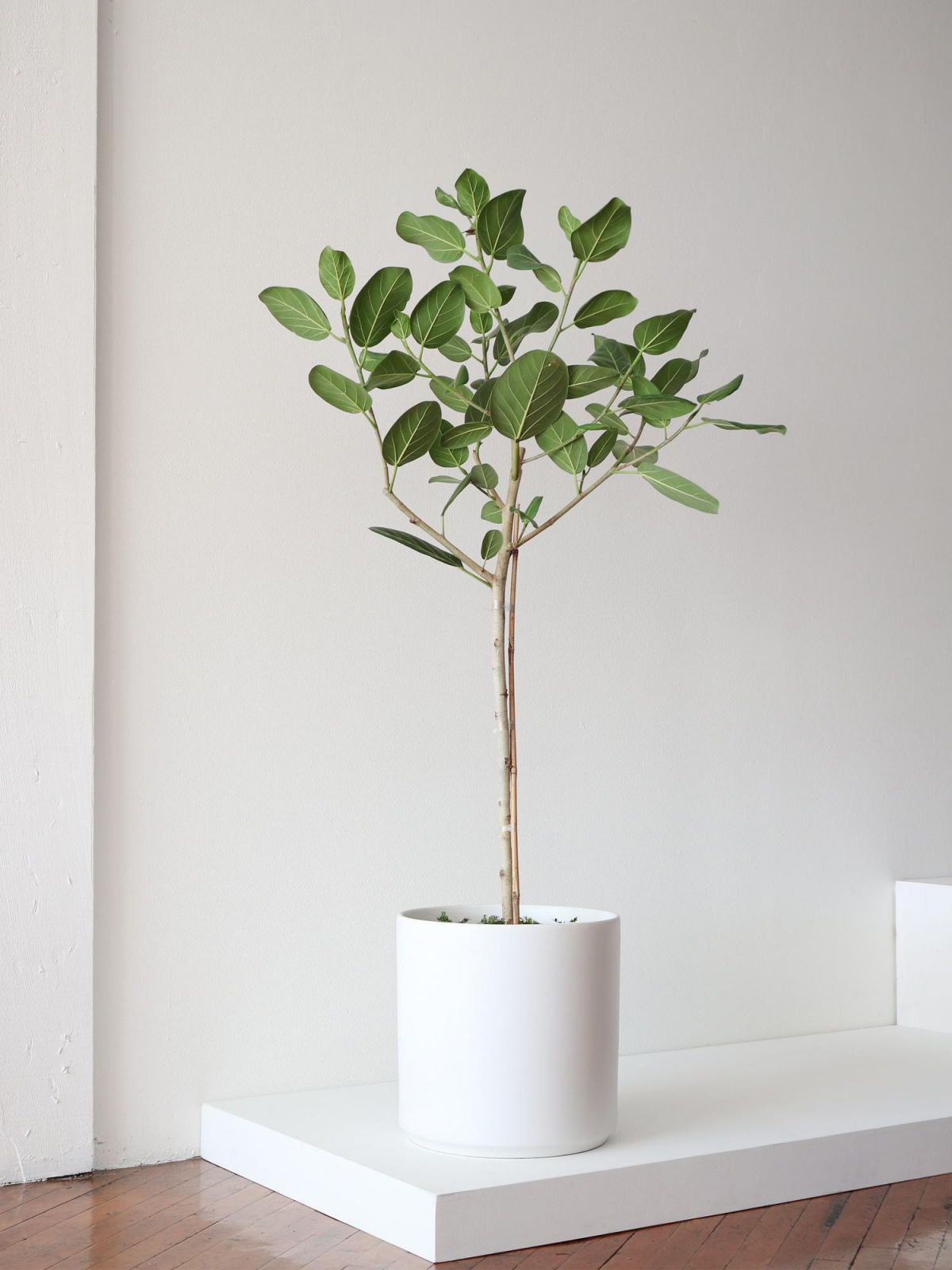
The Three Pillars of Ficus Care
Nail these three things, and you’ve solved 90% of your problems. I call them the pillars of Ficus success: light, water, and stability.
Pillar 1: Light
“Bright, indirect light.” What does that even mean? It means the plant should be close enough to a window to see a big, wide view of the sky, but not so close that the sun’s rays are directly hitting its leaves for hours. A perfect spot is often three to five feet away from a large east-facing window or slightly further back from a south or west-facing window, maybe with a sheer curtain to soften the intense afternoon sun.
Quick tip: For a foolproof method, grab a free light meter app on your phone. It takes the guesswork out of it. Measure the light in the spot you’re considering. Most Ficus are happy in the 1000-2500 foot-candle range.
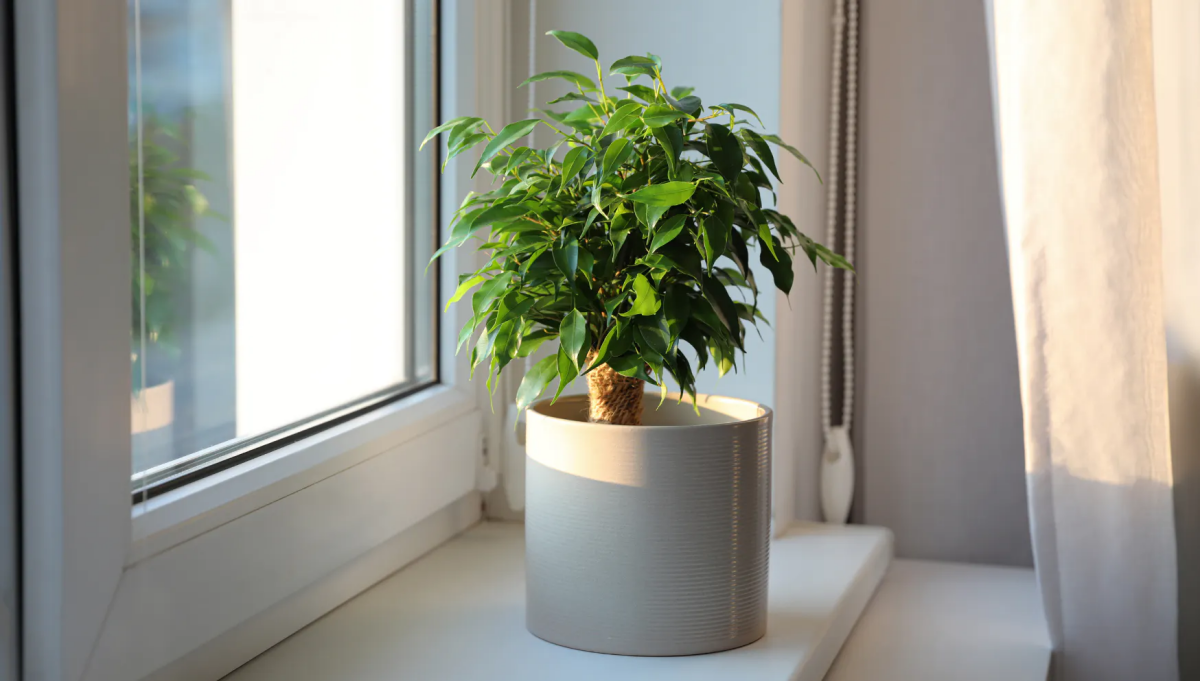
Pillar 2: Water
This is where most people mess up. Don’t water on a schedule, like every Saturday. Water when the plant needs it. The best way to know? The finger test. Stick your finger two or three inches into the soil. If it feels dry, it’s time to water. If you feel any moisture at all, wait a few more days and check again.
When you do water, do it properly. Take the plant to a sink or tub and give it a good, long drink until water flows freely from the drainage holes. This soaks the entire root ball and flushes out mineral buildup. Then—and this is critical—let it drain completely. A Ficus sitting in a saucer of water is the fastest way to get root rot. By the way, if your tap water is particularly hard, letting it sit out overnight can help some of the chlorine evaporate, which these sensitive plants appreciate.
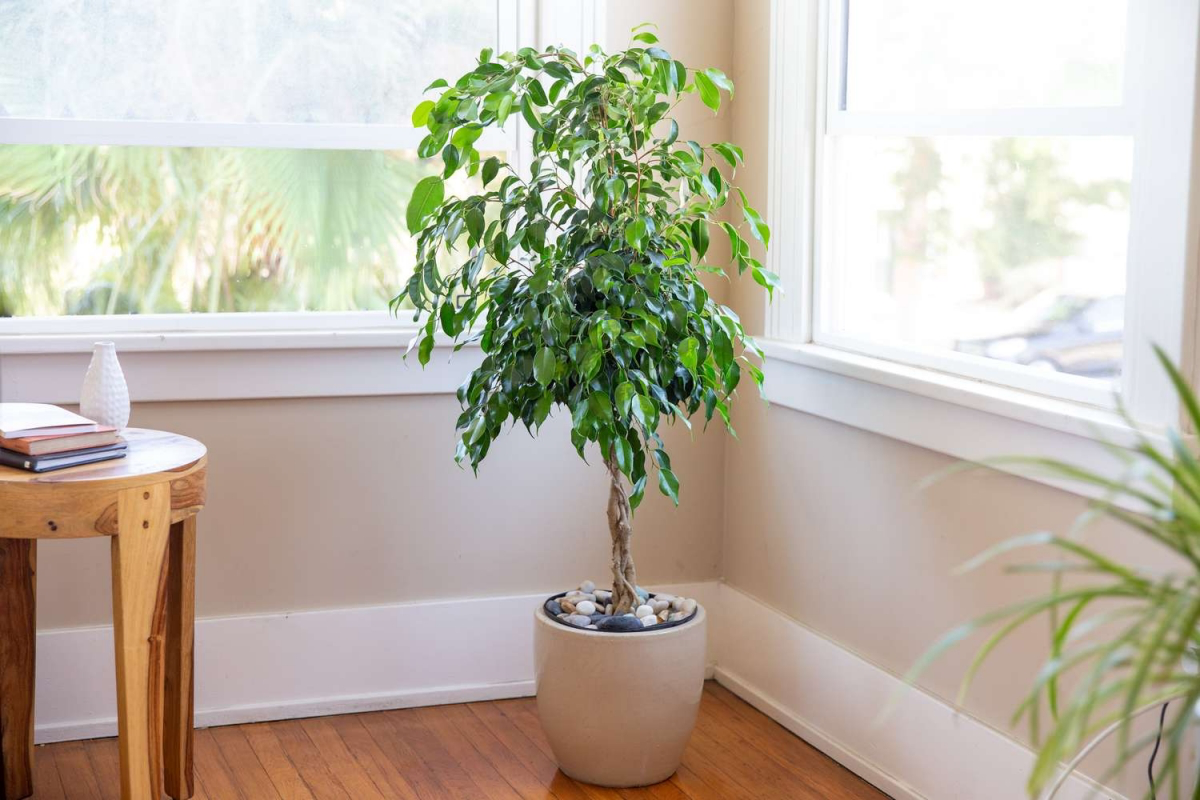
Pillar 3: Stability
I know I’m repeating myself, but it’s that important. Ficus HATE change. Find a good spot and leave it there. Keep it away from drafty doors, windows, or A/C vents. They like a stable temperature, ideally between 65°F and 80°F. They also love humidity, so if your home is dry (especially in winter), placing it near a humidifier or grouping it with other plants can make a world of difference.
But what if you have to move, like to a new apartment? To minimize shock, try to pick a spot in your new home with very similar light conditions. On moving day, protect the plant from extreme temperatures by wrapping it in a blanket or paper, and make it one of the last things you move out and one of the first things you set up.
The Foundation: Your Ficus Shopping & Soil Guide
A great plant starts with a great foundation. Here’s your shopping list and soil recipe for success.
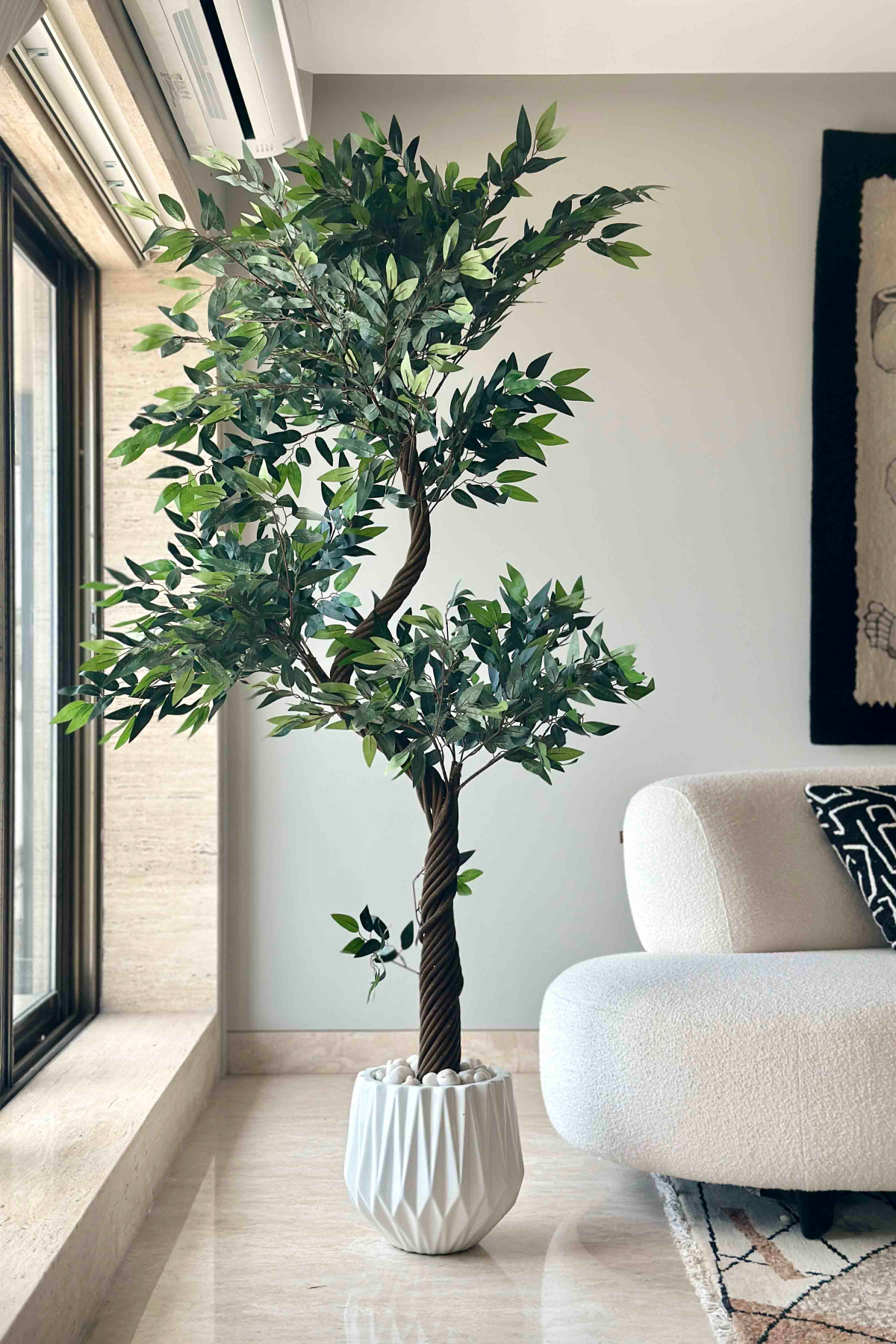
Your Ficus Starter Kit:
- The Ficus of your choice
- A pot that is only 1-2 inches wider than the nursery pot it came in (and it MUST have drainage holes!)
- A saucer to go under the pot
- A bag of high-quality indoor potting mix (around $10-15)
- A small bag of perlite (about $5-10)
- A small bag of orchid bark or pine bark fines (about $10-15)
The Perfect Ficus Soil Mix
That bagged soil from the store is usually too heavy and holds too much water. You need to lighten it up. Here’s my go-to recipe for a happy Ficus:
- 2 parts high-quality indoor potting mix
- 1 part perlite (those little white crunchy things)
- 1 part orchid bark or pine bark fines
Just mix these three ingredients together in a bucket. This creates a chunky, airy soil that lets water drain easily and gives the roots room to breathe. It’s the best insurance policy against overwatering.
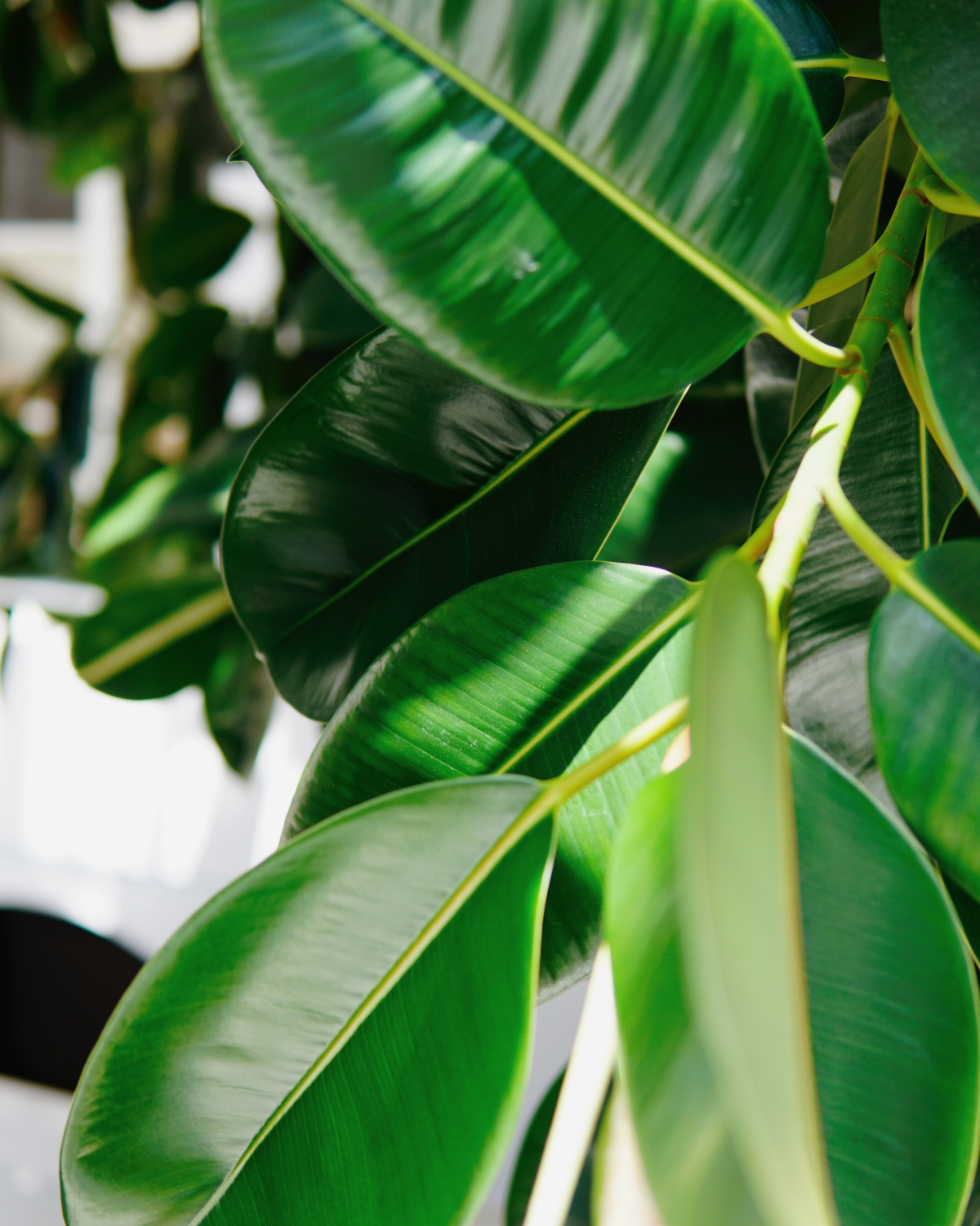
Quick Troubleshooting: What Your Ficus Is Trying to Tell You
Panicking? Let’s decode the signals.
- If you see yellow leaves dropping… This is the classic cry for help. Nine times out of ten, it means overwatering. The soil is staying too wet, and the roots are suffocating. Immediately stop watering, check that the drainage hole isn’t blocked, and only water again when the top few inches are bone dry.
- If you see brown, crispy spots on the leaf edges… Your plant is thirsty or the air is too dry. This is a sign of underwatering or low humidity. Make sure you’re watering thoroughly when you do water, and consider using a humidifier.
- If you see sudden, massive leaf drop (especially on a new plant)… Don’t freak out! This is classic Ficus shock from a change in environment. Check your light and water, then leave it alone to recover. Patience is key.
- If you see tiny webbing on the leaves… You’ve got spider mites. They thrive in dry conditions. Take the plant to the shower and give it a good spray-down. Then, treat it with an insecticidal soap or horticultural oil, making sure to coat the undersides of the leaves. The key is consistency—repeat this treatment every 5-7 days for at least two weeks to break their life cycle.
- If you see white, fuzzy spots in the nooks and crannies… Those are mealybugs. For a small problem, dip a cotton swab in rubbing alcohol and touch each bug to kill it. For a bigger issue, use the same insecticidal soap treatment as for spider mites, repeating every week until they’re gone.
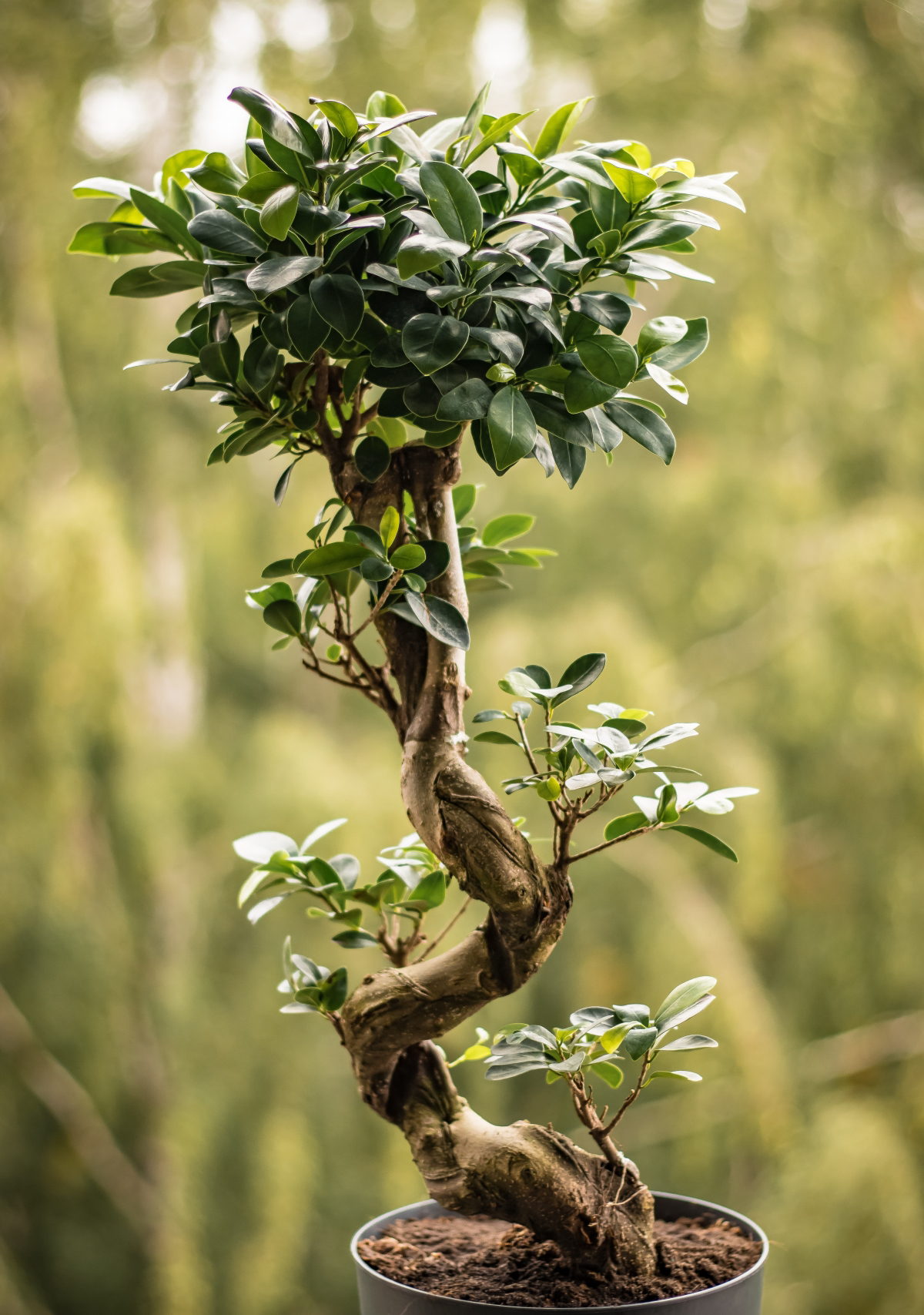
The Final Word: Just Be Patient
Honestly, growing a Ficus is mostly a lesson in observation and patience. They don’t give you instant feedback. If you make a change, give the plant a few weeks, maybe even a month, to show you how it feels. Learning to read its subtle clues is the real skill. Once you get in sync with your plant, you’ll find they are one of the most rewarding and beautiful additions you can bring into your home.
Galerie d’inspiration
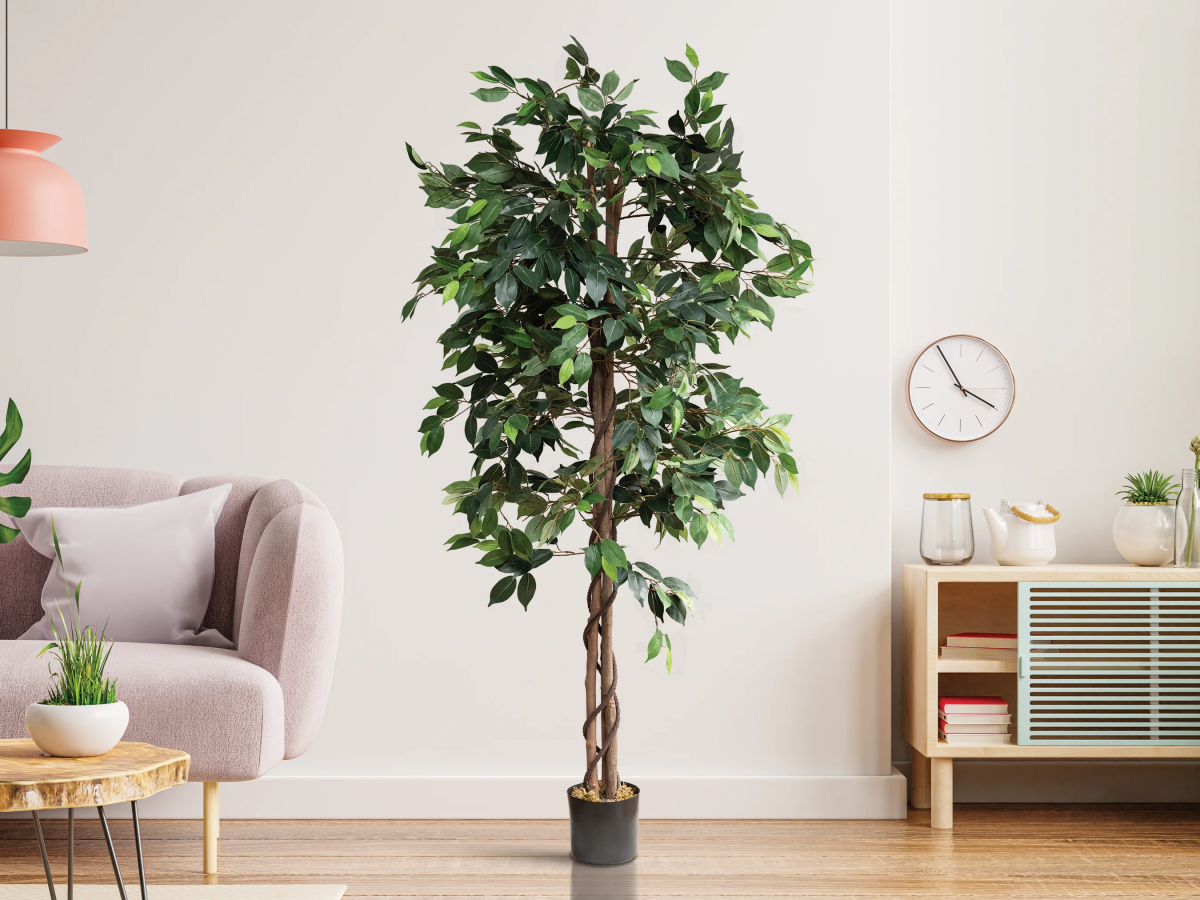
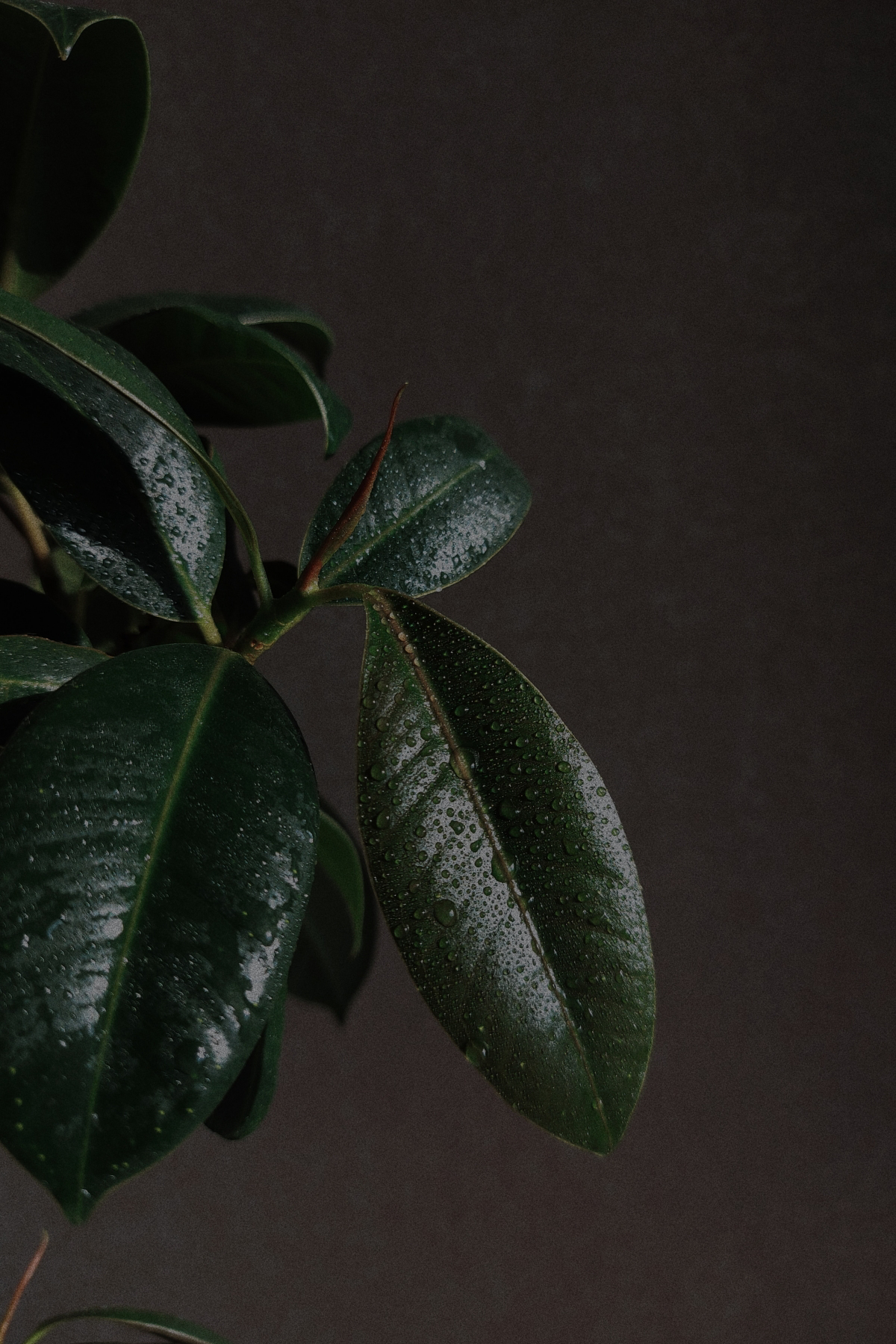
The right pot does more than just look good. It’s a crucial tool for managing moisture and keeping roots happy. Terracotta is your best friend if you tend to overwater. Its porous clay wicks moisture from the soil, allowing it to dry out more evenly. On the other hand, a glazed ceramic or plastic pot retains moisture much longer, which can be great if you’re a bit forgetful, but it demands a chunkier, better-draining soil mix to avoid waterlogging.

Did you know? The milky white sap that oozes from a cut Ficus stem is a latex, a natural defense mechanism.
This sap can be a skin irritant for some people and pets. When you’re pruning your Ficus to shape it or remove a dead branch, it’s a good idea to wear gloves and place an old towel on the floor to catch any drips. The sap will stop flowing quickly, but it can mar surfaces if left to dry.
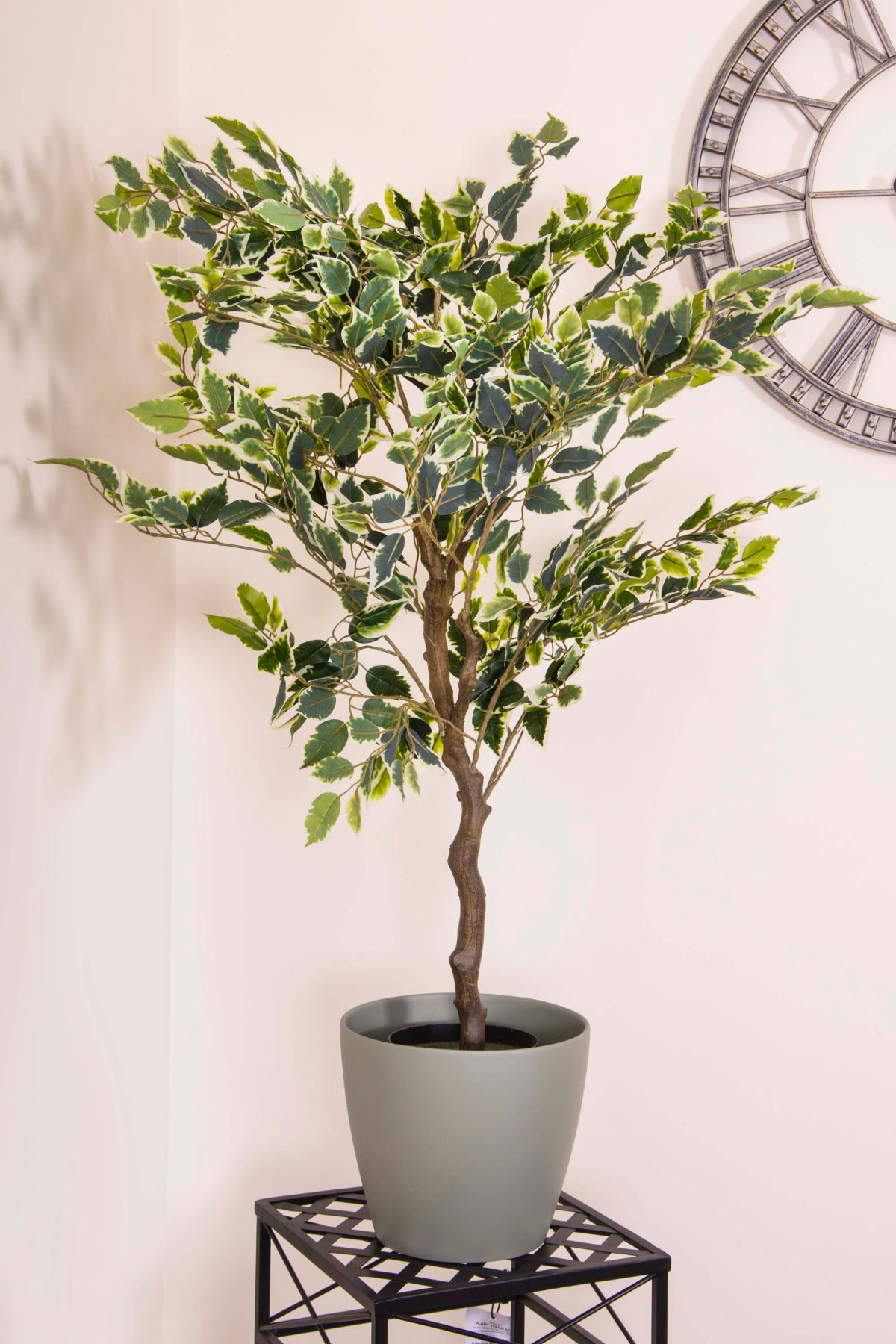
What’s the secret to that perfect, nursery-grade Ficus soil?
Forget dense, heavy potting soil straight from the bag. Ficus trees crave aeration and sharp drainage to mimic their native forest floor. Create your own premium mix by combining one part high-quality indoor potting soil (like Espoma’s organic mix), one part perlite for lightness, and one part orchid bark for chunky air pockets. This blend prevents compaction and helps ward off the dreaded root rot, giving your tree the foundation it needs to thrive.
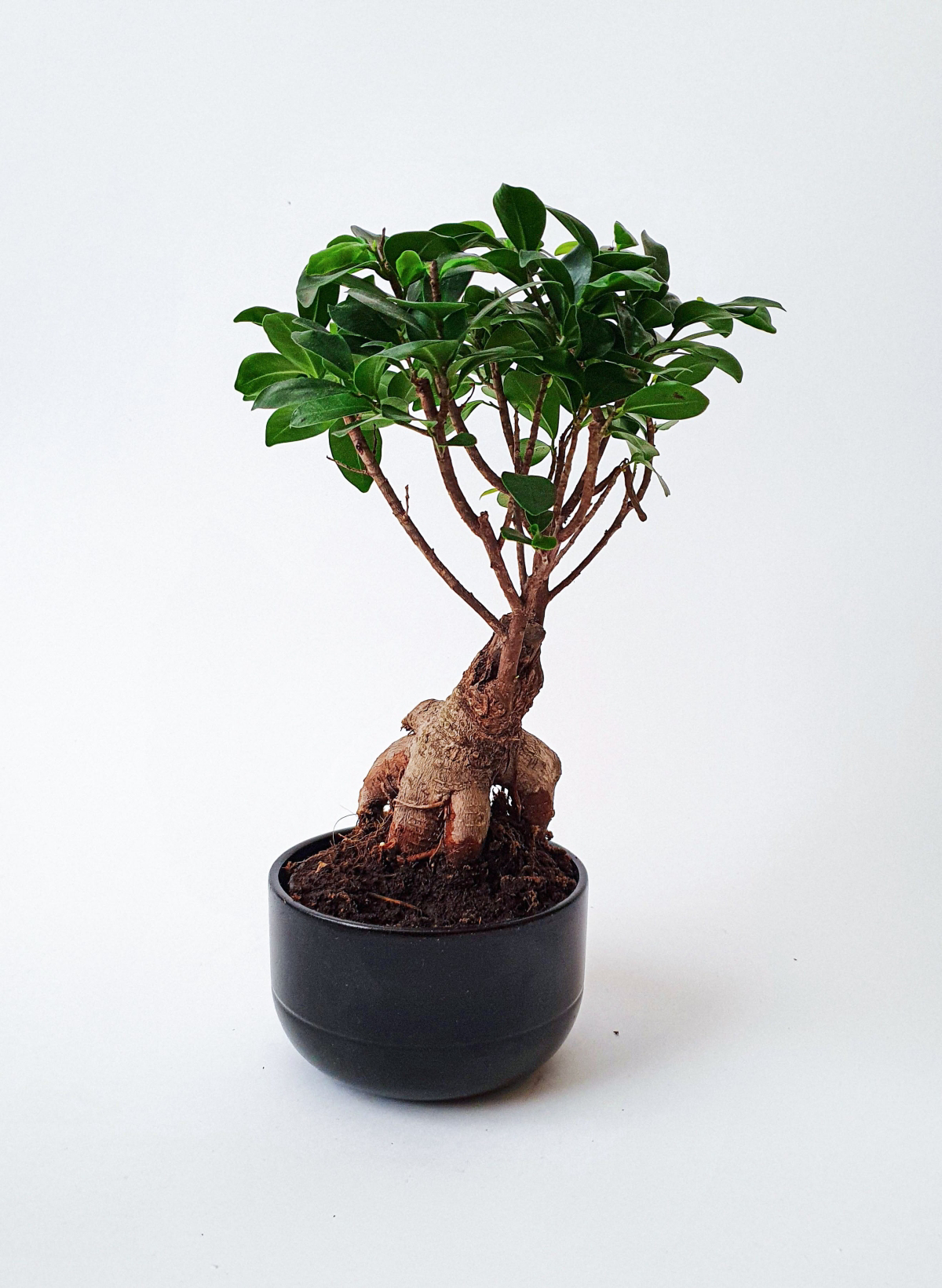
- It allows the leaves to breathe and photosynthesize more efficiently.
- It removes dust that can harbor pests like spider mites.
- It restores that deep, vibrant green luster.
The trick? A simple monthly wellness ritual. Gently wipe each leaf, top and bottom, with a soft, damp microfiber cloth. For extra shine and pest prevention, add a few drops of neem oil to the water.
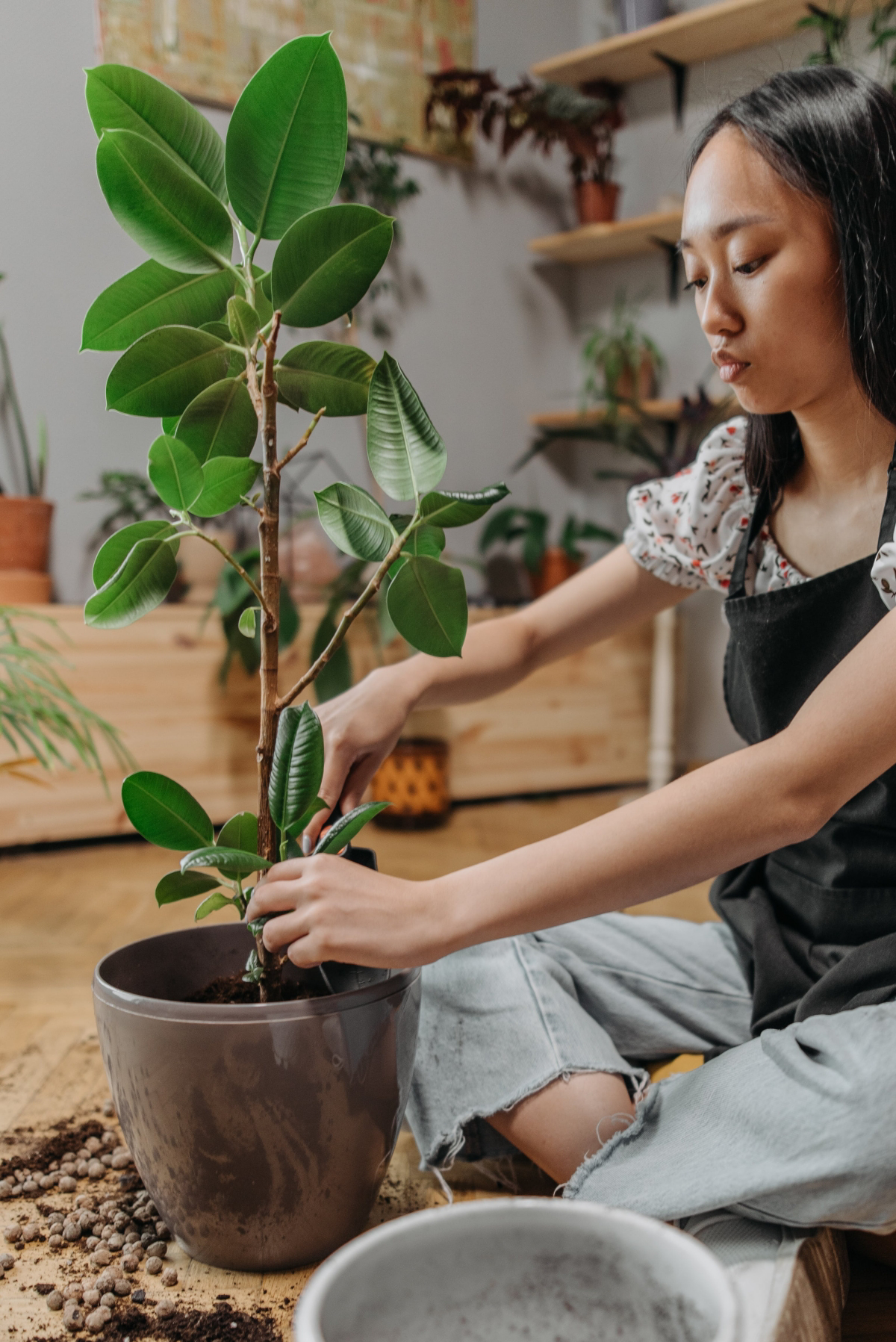
Looking for a less dramatic cousin to the Fiddle Leaf Fig? Meet the Ficus Audrey (Ficus benghalensis). With its smooth, velvety emerald-green leaves and a pale, elegant trunk, it offers a softer, more minimalist aesthetic. Best of all, it’s known for being significantly less fussy about its location and watering schedule. It adapts more gracefully to new environments, making it a fantastic and forgiving statement plant for those who love the Ficus look without the high-maintenance reputation.
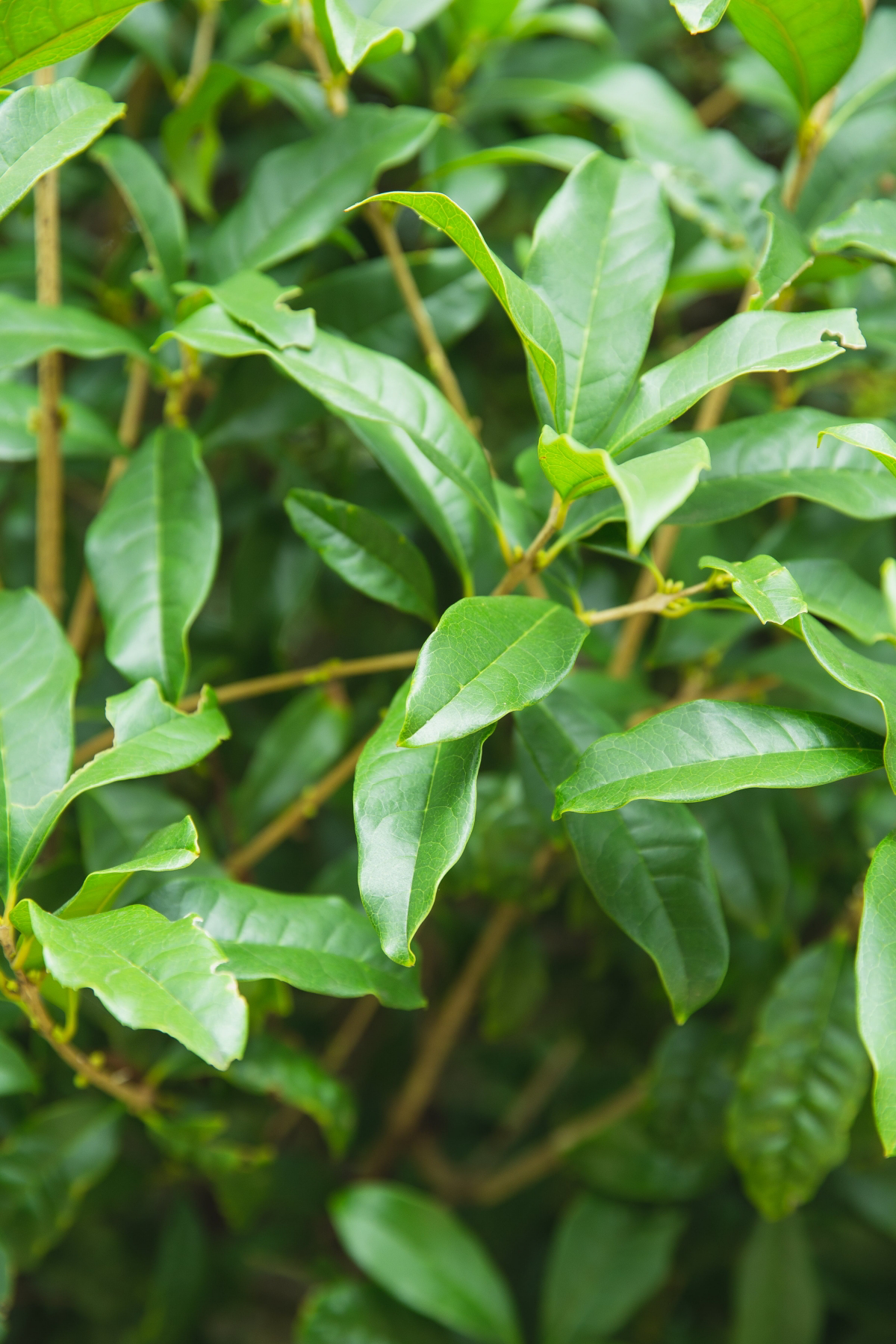
In tropical forests, fig trees are considered keystone species, with some studies showing they support the diets of over 1,200 bird and mammal species.
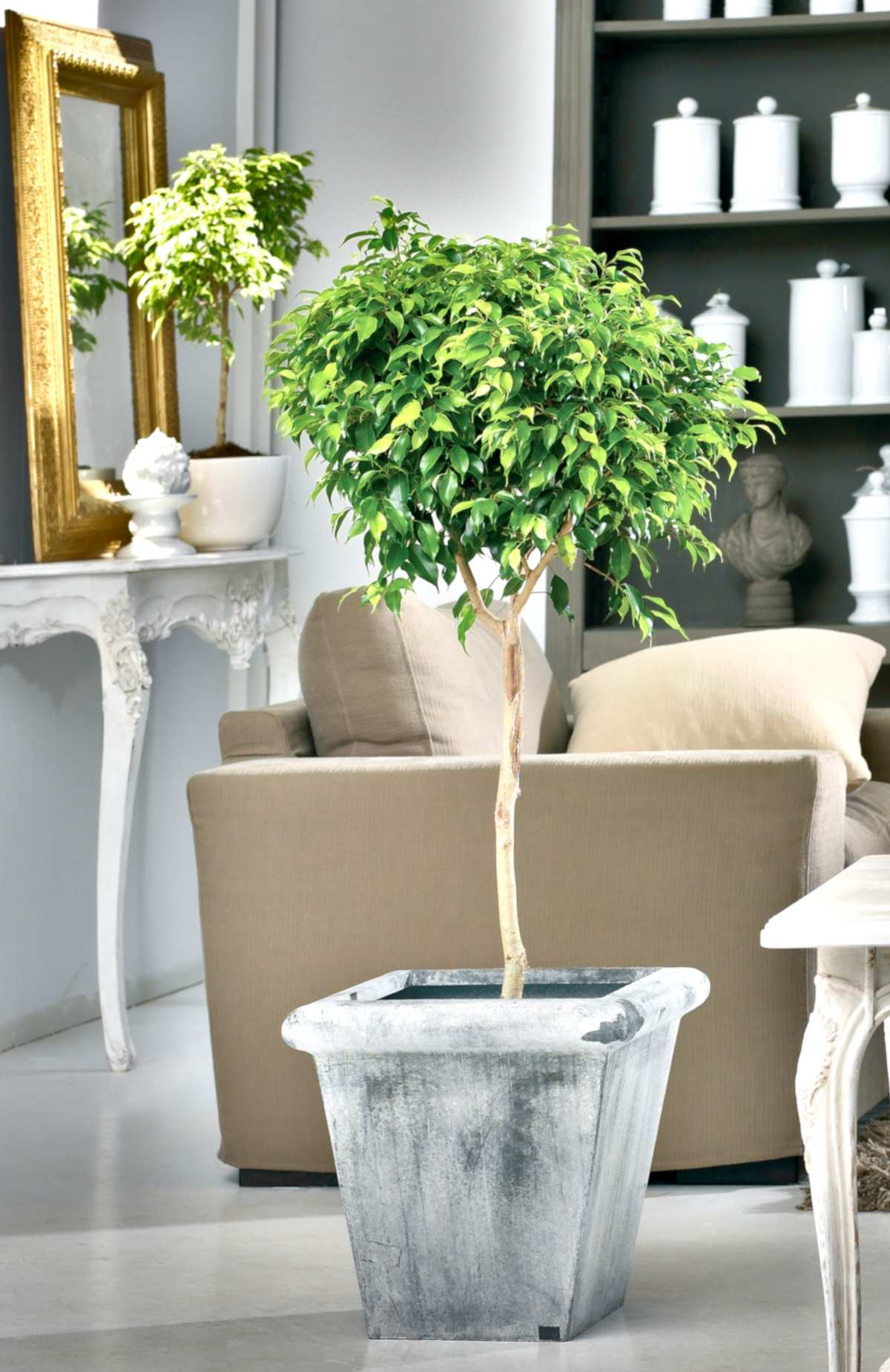
Want more Ficus for free? Propagation is your friend. For rubber plants (Ficus elastica) or weeping figs (Ficus benjamina), it’s surprisingly simple. Take a 4-6 inch cutting from a healthy stem, remove the lower leaves, and place it in a jar of water. Change the water weekly, and within a month or two, you should see roots emerge. It’s a rewarding way to multiply your favorite plant or share it with friends.
Don’t get stuck on a rigid watering schedule. Instead, learn to read the soil. The best method is to check the top 2-3 inches of soil with your finger. If it feels dry to the touch, it’s time to water thoroughly until you see excess drain from the bottom. If it’s still damp, wait a few more days. For a more tech-savvy approach, a simple moisture meter, like those from XLUX, takes the guesswork out of it entirely.










